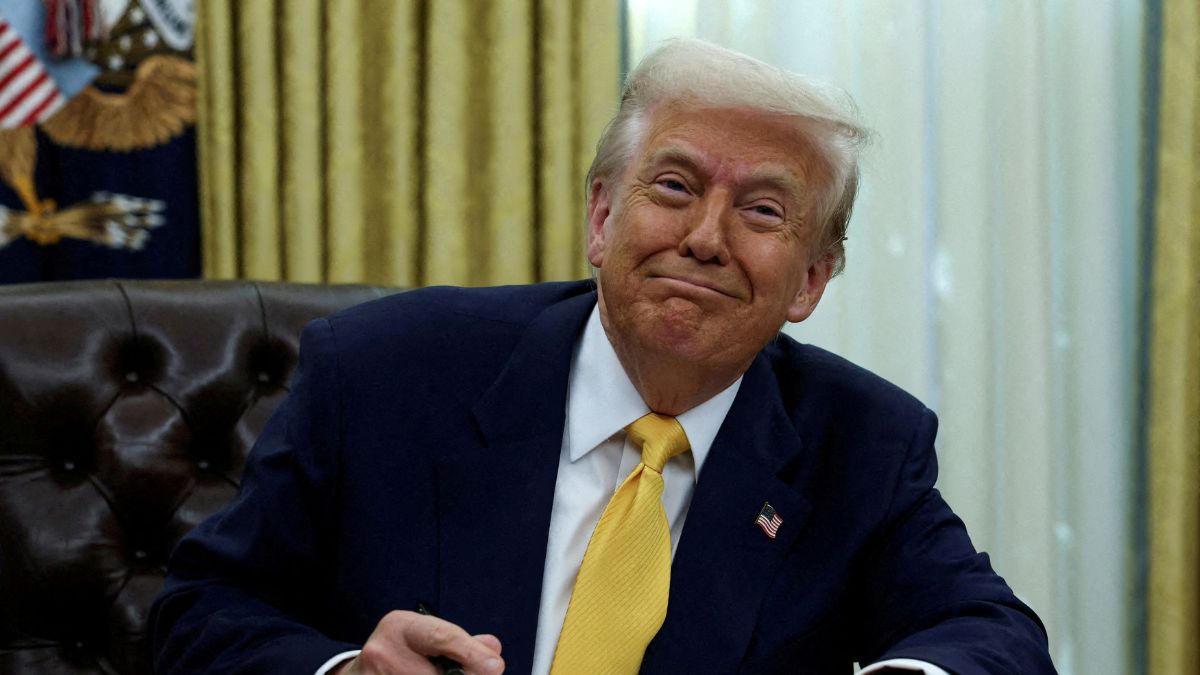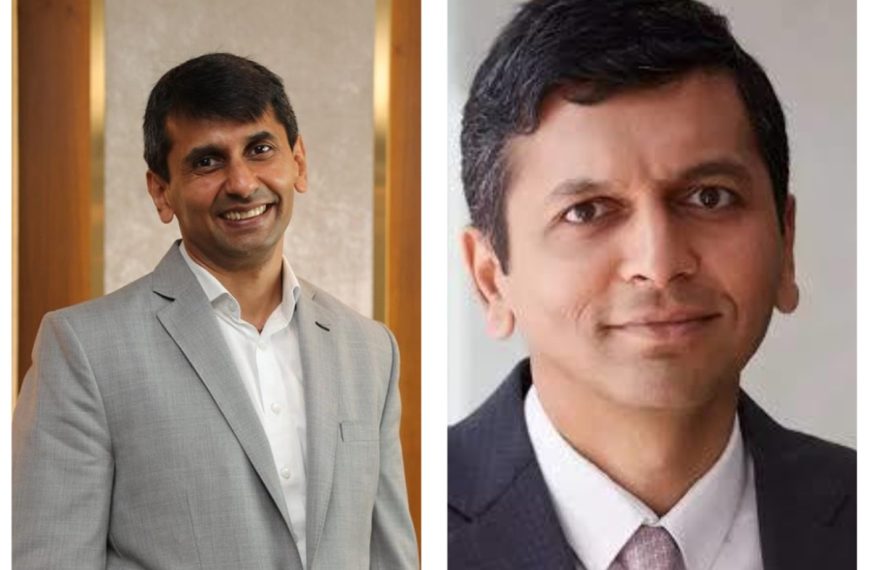The recent push by the Donald Trump-led U.S. administration for reciprocal tariffs on Indian imports has sparked significant discussions about its potential impact on India’s electronics exports. According to a detailed analysis from Nomura, this move could inadvertently benefit India, particularly in the realm of electronics manufacturing. As India continues to reduce import duties across various sectors, the landscape appears to be shifting in favor of Indian manufacturers.
Current Tariff Landscape and Potential Changes
Currently, India imposes a 15% duty on fully assembled mobile phones, while other electronics like wearables and televisions face a 20% duty. In contrast, the U.S. does not charge any import duties on these products. However, many essential components, such as circuit boards and displays, enjoy a 0% import duty in India. This structure means that while assembled products face higher tariffs, the effective import duty for many electronic components remains relatively low, estimated at just 3-4%.
- 15% duty on fully assembled mobile phones
- 20% duty on wearables, televisions, and air conditioners
- 0% duty on most electronic components in India
India’s Export Growth Potential
Nomura’s report highlights a dramatic rise in India’s electronics exports to the U.S., surging from approximately $2.5 billion in FY20 to nearly $11 billion in FY24. A significant portion of this growth, about 50%, can be attributed to smartphone exports, primarily from brands like Apple. However, this only accounts for around 2% of total U.S. electronics imports, with China and Mexico dominating the market.
How Tariffs Could Work in India’s Favor
The idea of reciprocal tariffs suggests that the U.S. could impose equal duties on similar products, but Nomura argues that a weighted average tariff might be more practical, as it would reflect the different import and export dynamics of each country. If India were to lower its import duties to zero in response to U.S. tariffs, it could create a unique competitive edge, especially in smartphone manufacturing.
- Labor costs: India’s average hourly wage is about $1.50, significantly lower than the U.S. average of $15.
- Market share: India currently accounts for about 10% of U.S. smartphone imports, compared to over 80% from China.
Key Industry Players Seizing the Opportunity
Notably, major companies are already capitalizing on this evolving landscape. In FY25, Samsung and Apple are expected to source 23% and 15% of their global production from India, respectively. Other brands like Motorola and Google are also ramping up their exports from the country.
In Nomura’s outlook, India’s smartphone exports could reach an impressive $20 billion in FY25, with potential growth to $70 billion by FY30 if global sourcing shifts significantly to India. Key beneficiaries of this trend are expected to be companies like Dixon and SAMIL, which are poised to gain from increased mobile exports and component manufacturing.
Conclusion: A Bright Future for India’s Electronics Sector
In summary, the potential introduction of reciprocal tariffs by the U.S. could serve as a double-edged sword. While it poses challenges, it also opens doors for India to enhance its position in the global electronics market. As the country continues to streamline its import duties and attract foreign investments, the future of India’s electronics exports looks promising.











